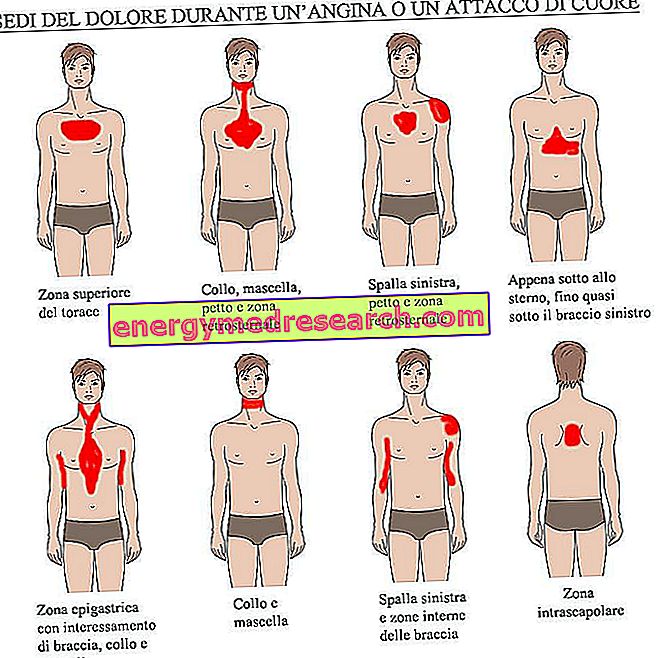Related articles: Tetanus
Definition
Tetanus is an infectious disease caused by contact with the Clostridium tetani bacillus. This anaerobic bacterium produces resistant spores, which are commonly found in the soil and faeces of animals.
In most cases, the disease is contracted as a result of contamination from deep wounds or burns, although tetanus may develop even after more superficial lesions.
Most common symptoms and signs *
- Arrhythmia
- asphyxiation
- Cyanosis
- Convulsions
- Seizures
- Dysphagia
- Dysphonia
- Dyspnoea
- Chest pain
- Jaw pain
- Pain associated with chewing
- Muscle pains
- Temperature
- Sore legs
- Hyperalgesia
- Hyperesthesia
- Sore throat
- Headache
- Nervousness
- Rhabdomyolysis
- Stiffness in the muscles of the back and neck
- Sense of suffocation
- Muscle spasms
- Constipation
- Sweating
- Tachycardia
- tachypnoea
- Bladder tenesmus
- lockjaw
Further indications
The symptoms of the disease appear after an incubation period usually between 5 and 10 days. The manifestations of tetanus derive from a tetanus neurotoxin, which is released by the bacterium inside the wound. The toxin reaches the central nervous system (CNS), where it binds to synaptic terminations and blocks the transmission of signals that, in normal conditions, inhibit the activity of motor neurons. Therefore, these become over-excitable and induce inappropriate stimulation of skeletal muscles. Tetanus neurotoxin is therefore responsible for generalized tonic spasms, often associated with intermittent convulsions.
Based on the diffusion of the neurotoxin, tetanus can be generalized (involves the muscles of the whole body) or can only involve the muscles placed near the inoculation site.
Localized tetanus occurs with a sensation of pain and spasticity in the affected area; may persist for weeks.
The systemic effects of tetanus neurotoxin, on the other hand, include painful spastic movements and convulsions that appear intermittently. Commonly, the first systemic symptom of tetanus to appear is the stiffness of the jaw. When the disease progresses, muscle spasms cause the inability to open the mouth (trismus). Other facial muscles are also affected: the patient's face takes on an abnormal expression, characterized by a fixed smile and raised eyebrows (sardonic rice). Other symptoms of tetanus include sore throat, headache, moderate fever, profuse sweating, agitation, irritability and difficulty swallowing. Rigidity of the abdominal muscles, neck, back, arms and legs may occur later. Spasm of sphincters causes urinary retention or constipation.
Death in most cases is due to asphyxia resulting from the spasm of the laryngeal muscles, the abdominal wall, the diaphragm and the chest wall.
The tetanus vaccine (and subsequent recalls) confers immunity against the disease by injecting the inactivated tetanus toxin. The treatment of tetanus involves the administration of immunoglobulins and drugs that interfere with neuromuscular transmission (benzodiazepines), in order to neutralize the toxins not yet fixed to the synaptic terminations and reduce muscle spasms. Furthermore, it is necessary to prevent the further release of neurotoxin by cleaning the wound and using antibiotics (penicillin, doxycycline or metronidazole). In all cases, adequate supportive care must be guaranteed, in particular the maintenance of pulmonary ventilation.



